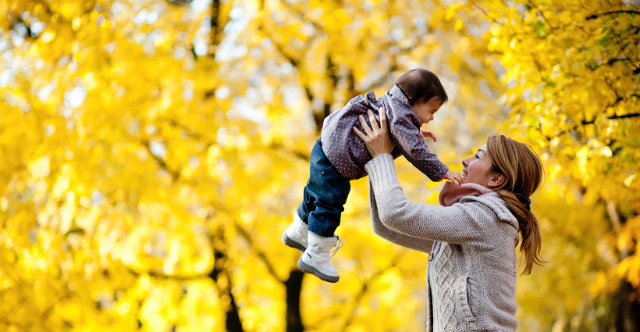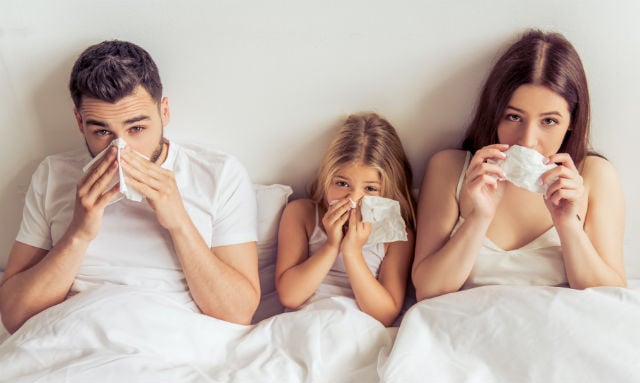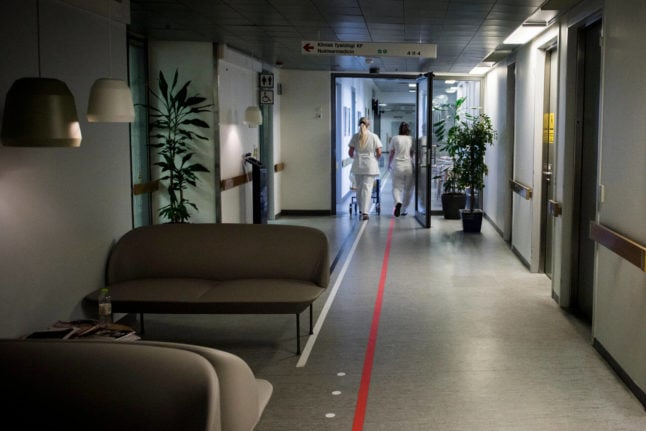You're probably already familiar with many of the illnesses that are common in Sweden during autumn. What might not be as familiar is what to do or where to turn when illness strikes.
The good news is that many of the typical fall maladies usually go away on their own. Certainly, some illnesses do require medical intervention. High fevers, stubborn skin rashes and bacterial infections of the throat are just a few symptoms that a doctor’s knowledge and treatment can alleviate. Fortunately, in these cases, help is closer than you might think – through Swedish healthcare app KRY.
Just download the app, sign in with your BankID and see a doctor by video – in a matter of minutes. No more dragging yourself out of bed and to the doctor’s office just to mingle with other ill patients in the waiting room. Instead, you and your family can get the care you need from the comfort of your home and at your own convenience.
Download KRY and get help or advice from a doctor in minutes
Below are some of the most common illnesses you or your children might come across while living in Sweden (and how to treat them).
 Photo: boggy22/Deposit photos
Photo: boggy22/Deposit photos
1. The flu
Sometimes mistaken for a nightmarish version of the common cold, flu includes symptoms such as fever, headache, tiredness and physical pain.
Just like the majority of colds, the flu is caused by a virus, something that no doctor or medicine on earth can cure. Yet we often want a quick fix; the advice to “wait it out” is seldom appreciated but often correct. Viruses must run their course and most go away on their own after several days.
2. Svinkoppor
The unappealing but mostly harmless svinkoppor, or impetigo, typically affects primary school-aged children who develop blisters and sores, usually around the nose and lips. These blisters develop over time, turning into itchy yellowish crusts (aren’t kids fun?).
You can aid the healing and the appearance of impetigo by gently cleaning the sores with warm water and soap and then removing the crusts. This should be done regularly until the sores heal. If the sores haven’t disappeared within 5–7 days, it might be time to see a doctor.
3. Höstblåsor
Also known as hand-foot-and-mouth disease, höstblåsor causes sores in the mouth and rashes on the palms, soles and buttocks. This common childhood illness (that can also affect adults) usually clears up by itself in 7–10 days.
 Photo: alebloshka/Deposit photos
Photo: alebloshka/Deposit photos
4. Eczema
Eczema is an uncomfortable condition that causes the skin to become inflamed, itchy and irritated. The specific cause remains unknown but flare-ups can occur in colder weather.
Luckily, there are various home remedies that reduce the itching and need for medications, before seeking treatment from a doctor. These include moisturizing your skin frequently with ointments, creams, and lotions that are free of alcohol, fragrances and dyes, as well as avoiding skin irritants, such as wool or man-made fibers, strong soaps and detergents, and situations or environments that cause sweating.
Renew your prescriptions – for free – with KRY
5. Vinterkräksjuka
“I won’t be coming to work for the rest of the week, I have vinterkräksjuka.”
“Eh?”
Non-Swedes tend to be baffled when they first hear of the infamous Swedish ‘winter vomiting bug’. Otherwise known as norovirus, this highly contagious stomach flu causes vomiting, diarrhoea and around three days of I-need-to-stay-by-the-toilet-itis.
For the majority of winter bugs, the tried-and-true advice is always the same: get plenty of rest and stay well hydrated.
6. Seasonal affective disorder (SAD)
It’s not just physical illnesses that can afflict you during autumn.
With the weather getting considerably colder and the shorter days plunging us in darkness, you may feel sluggish and unmotivated. This is completely normal. However, a seasonal slump can quickly turn into a more serious issue.
SAD’s symptoms can include a depressed mood, feelings of hopelessness, a lack of energy, difficulty concentrating, changes in sleep and appetite, and a loss of pleasure in activities you previously enjoyed. Where SAD and depression differ is in the timing: symptoms get worse as winter creeps in and improve as spring begins.
If your symptoms are disrupting your life and have lasted longer than two weeks, you might want to seek help. KRY connects you with a psychologist or a doctor who can support and help you deal with your emotions and, in some cases, prescribe medication.
Download KRY and get your prescriptions delivered to your doorstep
Don’t let SAD get you down – get KRY today and start enjoying all that autumn in Sweden has to offer. The app is free to download and health professionals are available daily between 06:00–24:00.
Consulting a doctor or a psychologist by video with KRY costs 250 SEK for adults and is free of charge for children and adolescents up to the age of 20. High-cost protection is applicable. Payment can be made by credit card or through Klarna.
This article was produced by The Local Client Studio in association with KRY.



 Please whitelist us to continue reading.
Please whitelist us to continue reading.